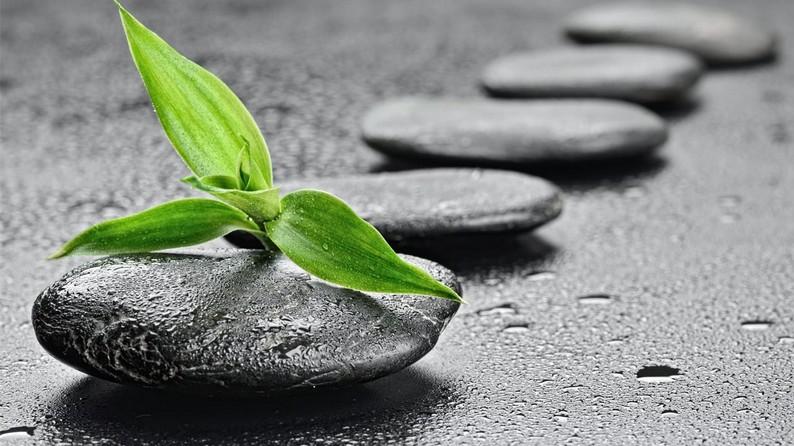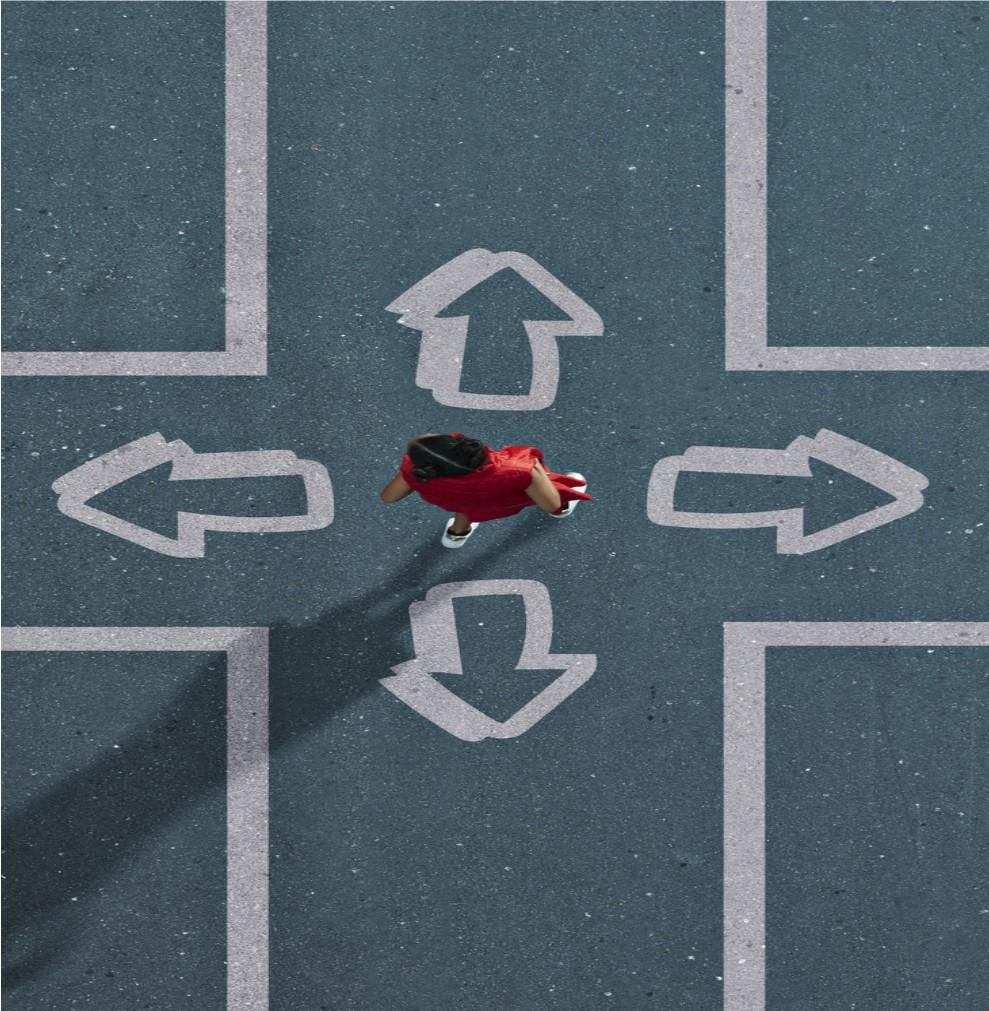
3 minute read
Health and Wellness… ‘it is a pain’!
from Salus Well Being Magazine - Complementary Issue - “The most precious good of this life is health!”
As a society we take better care of our cars, pets, and toys than we do ourselves. We often sacrifice sleep, regular meals, and exercise in pursuit of our goals. Our immune systems are weakened when we do not eat right, nor get enough exercise or sleep, when we are exposed to environmental, chemical and household toxins and when we are under undue or chronic stress. Having and maintaining a healthy lifestyle is a difficult one as we are constantly bombarded with advertisements that entice us with images and the promise of rewards for our taste buds. Snacks, sweetened beverages and sodium packed items (sometimes emboldened with the words “Healthy or Organic on the carton), are our daily temptations often strategically placed at eye level on grocery shelves.
To add to this we manoeuvre between work, home and school. It must be reiterated here and reference to numerous research papers that the advancement of technology even in the homes, motorisation, sedentary lifestyles and a drastic decrease in the consumption of fruits and vegetables coupled with more than the equivalent increase in sugars and refined flours have caused major disease throughout the world.
Advertisement
“We often sacrifice sleep, regular meals, and exercise in pursuit of our goals.”
Many live a sedentary life where they sit for a minimum of an hour in the vehicle to get to and from their destination, a minimum of eight hours daily at the desk at work, then for a minimum of two hours daily to eat and drink, then to watch television for a minimum of three hours before bed and let us not forget the time spent lying down to sleep. At least half of our day (24 hours,) or more particularly if we consider daylight, then almost the entire period is spent sitting down with a body that is meant to be in motion; after all we do have ball and sockets, as well as hinges at our joints that are lubricated for constant movement, otherwise we would be robots and without them limited in movement. Furthermore, there is the good, the bad and the ugly. Yes, technology, with its labour-saving devices that should increase our time for ourselves and our family so that we can do the things we enjoy! Right?
With the increase in modern technology, movement has drastically decreased as well as, the increase in foods with longer shelf life and artificial additives. These foods excite our palate, foods that are good to our health are frowned upon, while we cringe at movement.
If this exposure has become so challenging for adults how are our children coping? The effects are devastating, just think of the impact on society when our children have become adults. One can only imagine the burden on the country’s economic, social and environmental resources in the future. Children must not be forgotten in this melee. Teaching children how to eat healthily and exercise at a young age will help them stay healthy throughout their life.
HEALTH is defined by WHO (World Health Organisation) as:
1. Health is the absence of any disease or impairment.
2. Health is a state that allows the individuals to adequately cope with all demands of daily life (implying also the absence of disease and impairment.)
3. Health is a state of balance, an equilibrium that an individual has established within him/herself and between him/herself and the social and physical environment.
4. Health is a state of complete physical, mental and social well-being and not merely the absence of disease or infirmity.
Health is a continuous and participatory process that embraces all aspects of life: physical, mental, emotional, behavioural, spiritual, familial, social and universal. Achieving balance on all levels of being is the true measurement of vibrant health.
The National Wellness Institute, states that WELLNESS is considered, “an active process through which people become aware of, and make choices toward, a more successful existence”. This definition is based on 3 tenets:

1. Wellness is considered a conscious, self-directed and evolving process of achieving full potential.
2. Wellness is multidimensional and holistic, encompassing lifestyle, mental and spiritual well-being, and the environment.
3. Wellness is positive and affirming.
In characterising the difference between health and wellness, in short, health is a state of being, whereas Wellness is the state of living a healthy lifestyle.
Health refers to physical, mental, and social wellbeing; wellness aims to enhance well-being.
Life in practice is undoubtedly fraught with stresses, and so much so that we can — and should — question whether they are threatening the health and wellness of our lives.
Canstressaffecthealth? Absolutely. It can affect physical, mental, and social well-being.
Canstressaffectwellness? Yes, but only to a point, in that it can affect one’s perspective or dampen one’s energy, negatively influencing one’s commitment to self-care and the aim to achieve one’s fullest potential.
The difference between health and wellness, is that wellnessisalwaysamatterof choice.
Every day we make choices to best sustain our physical, mental/emotional, and social well-being, and preserve the balance among these aspects of our health.
Optimalhealthcomesfromwellness, from making decisions and practicing behaviours that are based on sound health knowledge and healthful attitudes. The efforts and intelligent lifestyle choices to prevent stressors from wearing us down are an added benefit.
We own the rights to the music, song, lyrics. Written and composed by Edson ‘Ajamu’ Mitchell







